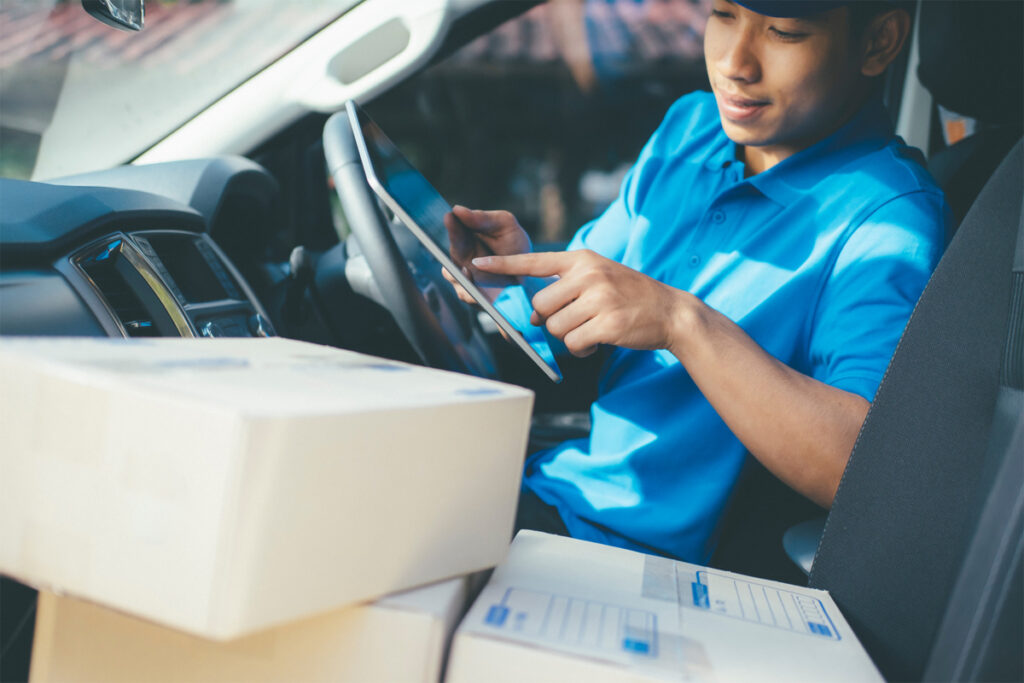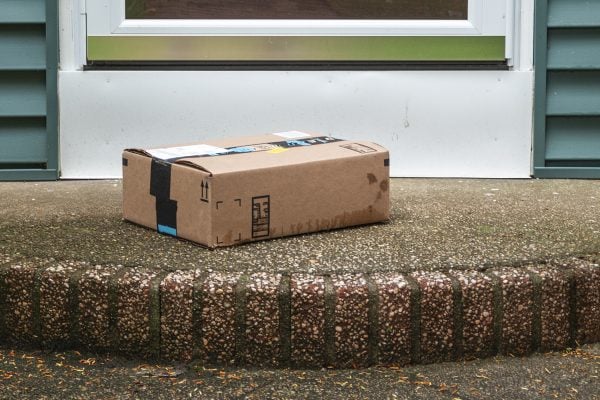 This is a guest post examining how technology and automation can free up consumers time and delivering first time success more frequently, written by Matthew Robertson, Co-CEO of NetDespatch.
This is a guest post examining how technology and automation can free up consumers time and delivering first time success more frequently, written by Matthew Robertson, Co-CEO of NetDespatch.
Awesome automation
One of the primary goals of successful logistics is customer convenience and that’s often what we talk about when we are working to improve performance. We strive to find innovative and reliable ways of delivering exactly what our customers want, exactly when they want it, aiming to minimise the effort the customer has to make to receive their purchase. But when you think about it, what we’re really talking about here is giving customers back time – and that’s the most precious commodity we humans possess. By getting delivery right first time (and with 90% of deliveries being made on time in April we are not doing badly) we can actually give customers back the time they would otherwise spend collecting parcels or waiting in for them.
In a bid to give customers back even more time, automation in the delivery industry can take things several steps further and the sector is booming. The latest market analysis suggests that the logistics automation market will almost double between 2018 and 2023, reaching a total value of $80.64bn, with the retail and ecommerce sector predicted to lead that growth.
When we think about automation we often think about robots, drones and artificial intelligence; futuristic solutions that borrow from sci-fi. However, advanced technology has a way of working its way into our everyday lives through offering less flashy, but very valuable incremental improvements in customer convenience. Therefore, the likely way in which automation will become mainstream is via a far more familiar machine – the family car. With drivers already open to computer assistance in the shape of park assist and lane monitoring, for example, it isn’t such a big step to see them welcoming innovations in parcel delivery through this channel, too.
What would you do with two week’s extra time?
Car manufacturer Volvo is trading on its reputation for reliability and betting heavily on automation. The company reckons that it can give customers back two weeks of time when they use its autonomous vehicles for five years. This is a bold and powerful claim: a car that will actually save you time, and not just when you press the accelerator! Volvo is developing cars that will be capable of taking themselves to be refuelled and serviced. The cars will be IoT-connected, of course, meaning they will offer a compelling solution for the logistics industry that’s also driven by customer convenience. By using tracking technology and secure access systems couriers will be able to make deliveries to car boots, wherever they are.
I was interested to read recently that Chinese retail giant JD is now getting in on this act. The company has just announced a car boot delivery service for a new electric vehicle NIO ES8, which is due to launch this year. This comes hot on the heels of Amazon adding in-car services for IoT-connected cars in the US to its existing Key App provision that already allows couriers to access customer’s houses to make deliveries. As time goes on we’ll see such schemes rolling out in more territories and collaboration between logistics companies and automotive manufacturers is an exciting area to watch in the coming years.
Of course, it’s not just at the delivery site that automation can give us back time. Automation in the warehouse is another area that sees constant innovation in a bid to make logistics more efficient. Here things get a little more sci-fi as human capabilities are augmented by technologies such as collaborative programmable robotic arms and wearable tech like google glasses. Automated guided vehicles (AGVs) navigate around the warehouse using cameras and lasers to guide them, working alongside humans to pick and pack products and start them on their journey to the customer.
There’s no denying that this time-saving, efficiency enhancing technology is revolutionising the way we think about logistics, but what’s also vital is ensuring that the systems which manage it are fully integrated. The whole process from picking to packing to labelling and distribution needs to be seamless and automated, with minimal errors, so that when the customer opens their car boot and unwraps their package, they’ve got the right product with the right accompanying information. This is our core focus at NetDespatch, where our SAAS parcel shipping technology reduces manual errors, saving time and improving accuracy.
Investment in UK logistics expertise warmly welcomed
The logistics industry is vital to the UK. It’s what keeps the blood of commerce pumping around the arteries of our island nation, where our unique geography lends particular challenges to shipping and delivery. It’s important that we continue to build skills and innovation in the sector so I was delighted to read this week about plans to launch an Institute of Technology specifically designed to boost skills in the sector and recruit more talent to the industry. The institute will be based at Europe’s largest distribution centre, Magna Park in Leicestershire, and will offer 1000 places for students, offering a technical education as part of a research and innovation centre of excellence designed to meet the needs of the logistics industry and the wider supply chain. This is great for UK plc and reflects the importance of an industry that keeps businesses in business.
In announcing plans for the new centre, Professor Edward Sweeney, Director of Aston University’s Logistics & Systems Institute described the sector as “vital to economic and social wellbeing” and I couldn’t agree more. Once we start thinking of logistics in terms of giving people more time to live their lives, it’s clear why investing in skills and research in this sector is critical. Now I just need to decide what I’m going to do with my two extra weeks!










2 Responses
I don’t mean to sound like a moany old git but ” 90% of deliveries being made on time in April we are not doing badly” ?!? 90%?! That’s terrible isn’t it?! 1 in 10 customer let down?